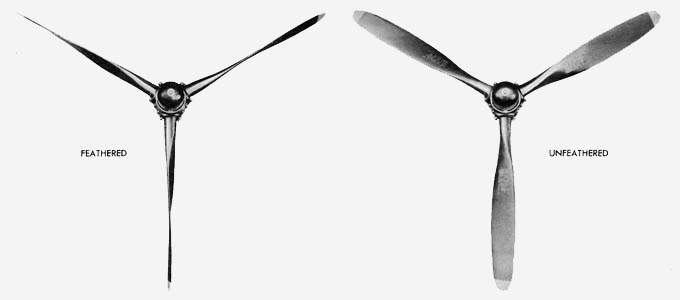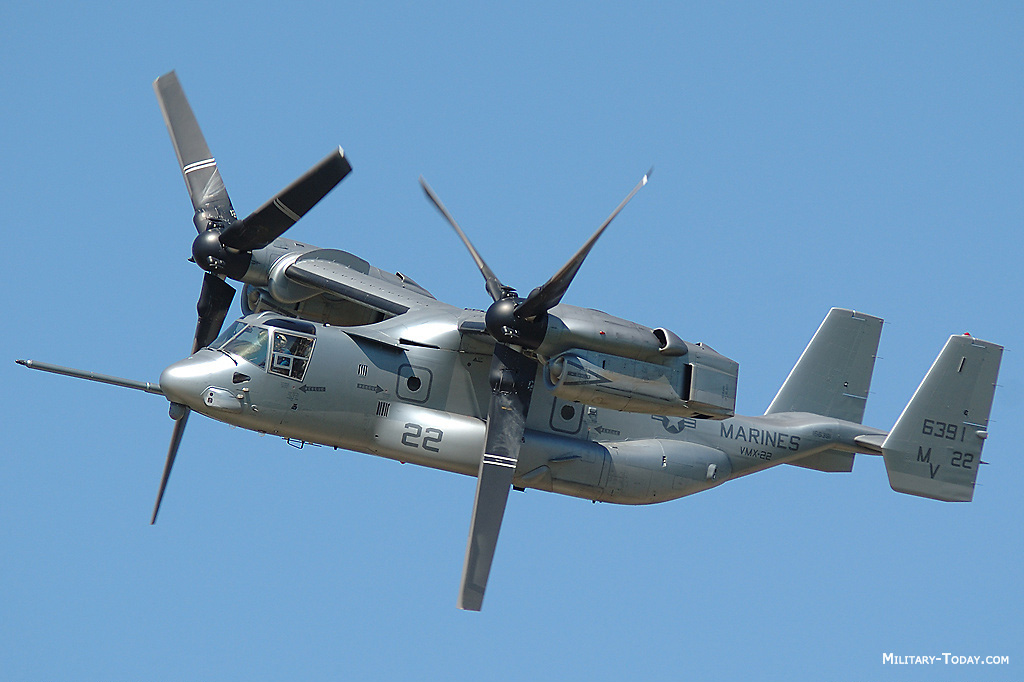No, and forgive me because I'm terrible at explaining concepts in an understandable way but:Feathered? You mean like bird strike?
http://www.telegraph.co.uk/news/worldnews/northamerica/usa/8581244/Major-bird-strike-incidents.html
On a twin (or more) engined propellor driven aeroplane (or most single engine turboprops), whether they be piston driven or turbine driven (turboprop, the type in question) with variable pitch propellors (which is almost all of them), you have the ability to rotate the propellor 90 degrees so it sits streamlined in the airflow. This is critical because a 'windmilling' propellor causes an absolute shitload of drag. A failed engine with the prop not feathered will windmill in the airflow causing this drag. Many types of twin prop aircraft just will not climb with the failed engine windmilling.
I was saying that one of the props looks to be at a vastly different pitch to the other indicating one failed engine, however it's almost impossible to tell from a photo and it could easily be a visual illusion.





